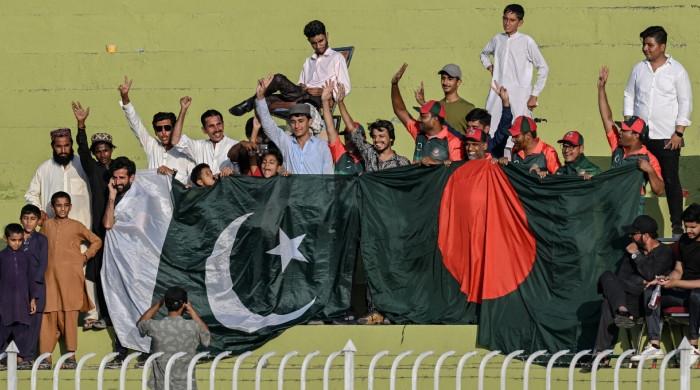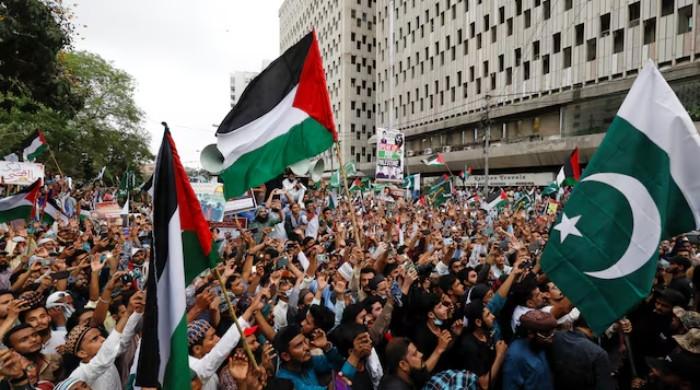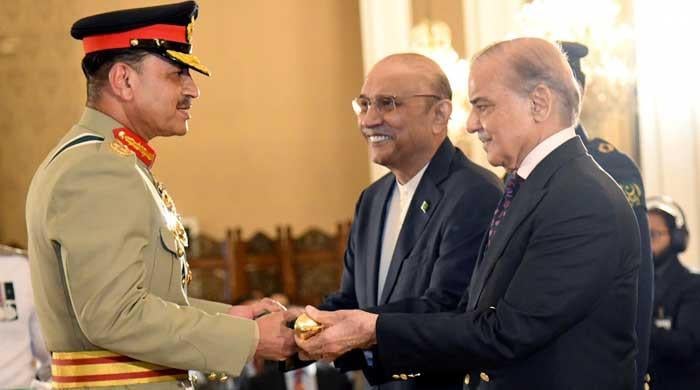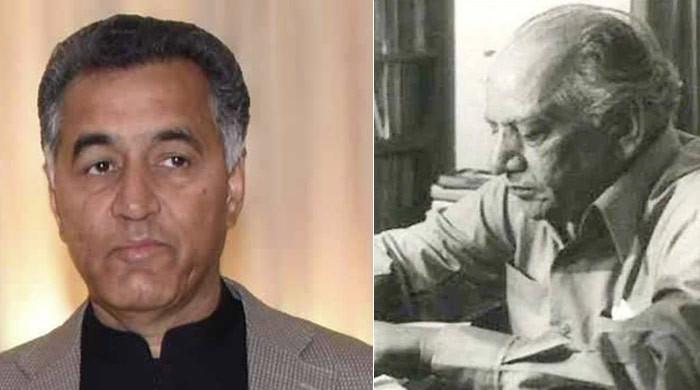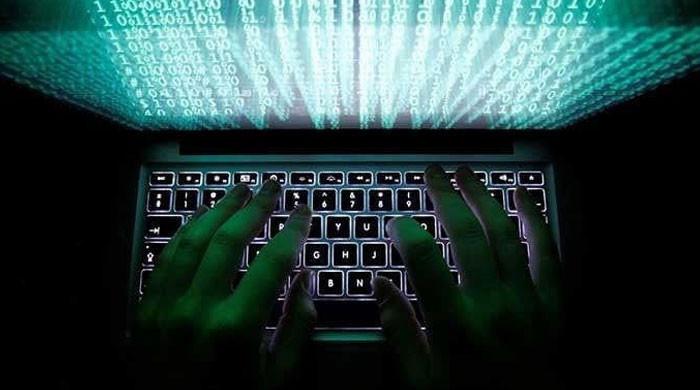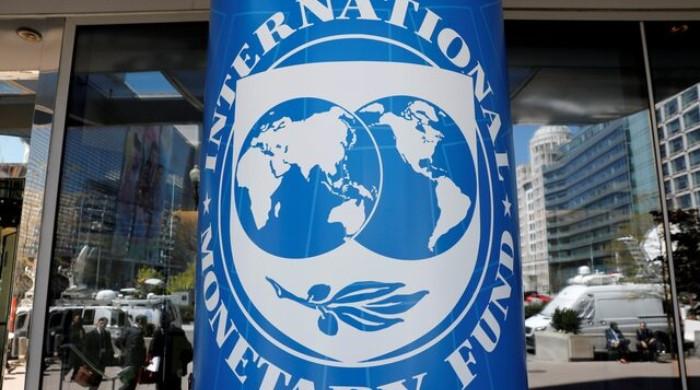From real to fake encounters
The incident was not only the failure of those on the spot, but also of those who gave misleading intelligence reports, writes Mazhar Abbas
January 29, 2019
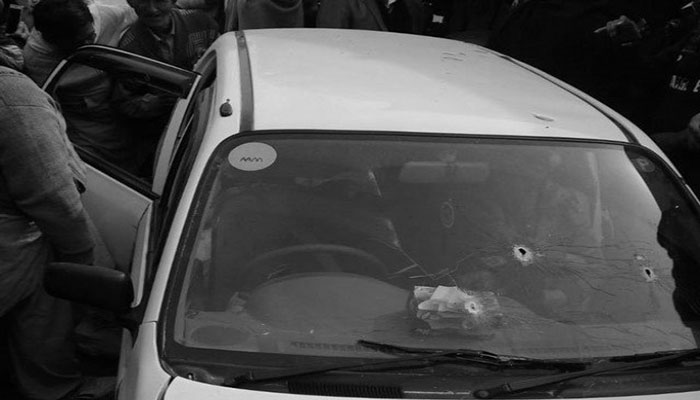
During the span of my career as a journalist, I have witnessed and reported on quite a few real police encounters, which is why it is not difficult to call the Sahiwal incident a fake encounter and cold-blooded killing.
The incident was not only the failure of those on the spot, but also of those who gave misleading intelligence reports.
Let me narrate for the readers the happenings of two real encounters that I witnessed. One was in late '80s or early '90s. The other involved al-Qaeda's No. 4, Ramzi bin al-Shibh, the Yemeni mastermind of the 9/11 attack. The latter was nabbed from Karachi, after a long gun battle on the first anniversary of the September 11 attack. Bin al-Shibh had been planning to bomb the US Consulate in the city.
There were other incidents of real encounters, one at the Karachi airport a few years back, when terrorists stormed the old terminal of the building, and another in 1986, when Pan America fight 73 was hijacked while on the ground in Karachi. While the encounters were different in nature, a common thread was the security and intelligence failure.
The first real encounter, which I witnessed was in late '80s or early '90s, involved a gang headed by Amanullah Mubarki, an Iranian Baloch. Those were the days of print media and the state-owned PTV. It was a long encounter, lasting over six hours, at the end of which the family held hostage was successfully rescued.
Back then, I was working for an evening newspaper, The Star. We use to come to the office around 8:30 am, since the copy’s deadline was 10:30 pm. On that day, the copy was ready to be sent for publishing when I got a call from my source. The police had surrounded a house in the city's Nazimabad area. I quickly set out with photographer Anis Hamdani. Before leaving, I put in a small request with the editor, the late GM Mansoori, to hold the copy for 30 minutes. “Is it something big?” he asked.
I was certain that it was.
A few minutes later, we were at the spot. The police stopped us from moving any closer to the house. The suspects, said an officer, were fully equipped. They had been continuously firing at the police and throwing hand grenades.
The operation was led by a young officer, Captain Mohammad Jamil. He told me that he had instructed his men to be careful as the criminals could use women and children as shield. So the policemen decided to wait and see, due to which the family held hostage was rescued, while the three suspected gang members and their leader were killed. The next day’s newspapers carried an image of Jamil, and the other officers, firing in the air in jubilation.
Onto the capture of al-Qaeda militants.
A night before, there was high alert in Karachi. Reports were circulating of terrorists planning to target a US mission on the first anniversary of September 11, 2001. In those days, I was working for an international news agency, AFP, as its bureau chief in Karachi.
At around 12 pm, we heard of a possible police exchange in Defence Phase-II, a residential area. I quickly called Mir Zubair, a well-known police officer, who had been handling high-profile cases. "Rush to the spot," he told me. Aamir Qureshi, our photographer, and I hurried out. At the venue, we could see bullets being fired from inside an apartment on the fourth flour. Here too, the police were careful to mitigate any collateral damage. There were initial reports that the militants may have taken a family hostage, but it was later clarified that the family was their own.
By the end of the day, police commandos successfully arrested two suspects, without really knowing who they were. When the men were brought outside, I tried to ask them their names, but none could speak Urdu. Then, the IGP Sindh, Kamal Shah, and Mir Zubair confirmed that they were al-Qaeda terrorists. Within no time, it became breaking news. One of the men nabbed was Bin al-Shibh, al-Qaeda's No 4. Sources revealed that on the day they almost missed al-Qaeda's No 3, Khalid Sheikh Mohammad.
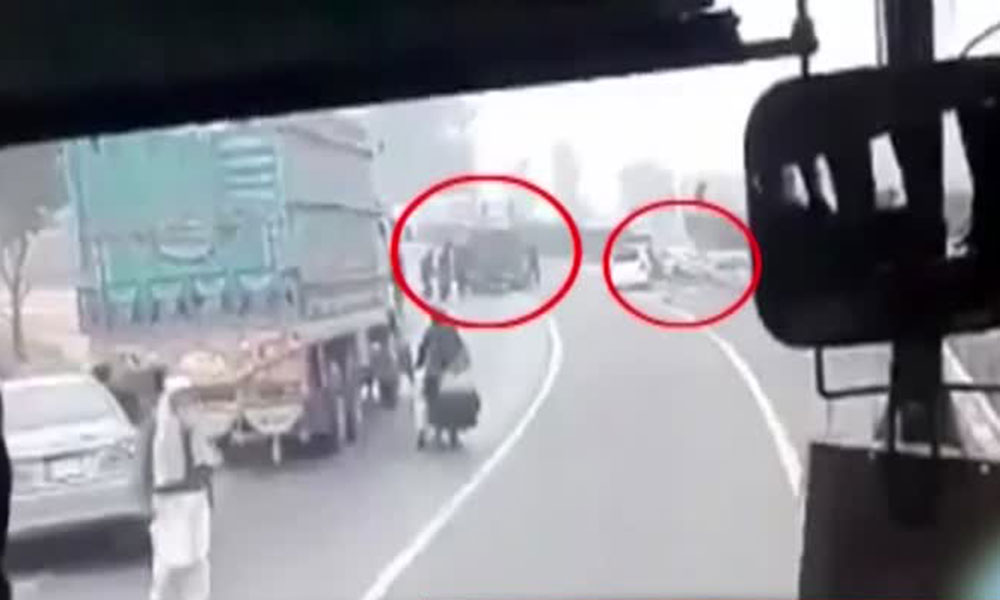
Now to why, I think, the Sahiwal encounter was fake.
The tragedy could have been avoided even if Zeeshan Javed was a suspect, and the car he was using belonged to a terrorist.
Even if one agrees that Javed had links with Daesh, the man had no prior criminal record or involvement in terrorist offenses. In fact, he had continued to live in his house. There was no evidence of him going missing, which often happens in such cases. Similarly, the car used was parked outside his house almost every day, as revealed by witnesses. No such suspect lives in this manner, for fear of being caught.
Secondly, the reports that terrorists accompanied Javed has turned out to be incorrect. So, how can Punjab's law minister then call the operation "100 per cent correct"?
Thirdly, if there was intelligence regarding him, why did the Counter Terrorism Department (CTD) not raid the house a night before; after all, they had been following the man since a while.
More loopholes include: To date, there has been no proof of a crossfire. The CCTV footage clearly showed that three children were first pulled out of the car before bullets were fired, close to 36 in numbers. It could also be possible that Javed and the family were alive before they were gunned down. Senior officers have now confirmed that there were no arms and ammunition in the car.
The Sahiwal incident clearly seems like cold-blooded murder. While only five CTD men have been arrested, the entire team should be held responsible for the offense.
As for whether the Punjab police can be effectively reformed, I will get to that in my next piece.
Abbas is a senior columnist and analyst of GEO, The News and Jang. He tweets @MazharAbbasGEO




